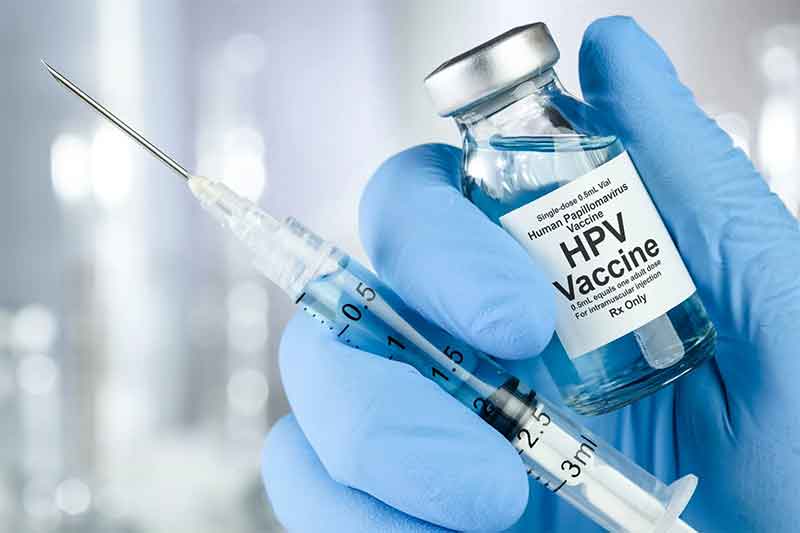
Photo Credit—Jan Swasthya Sahyog
Recently when top Bollywood star Amitabh Bachchan withdrew from surrogate advertising of smokeless tobacco (SLT), it was welcomed but with a caveat- some other popular film actors still continue to contribute to booming sales of a product that is the number one cause of a very serious oral cancer crisis in S.Asia.
The Cigarettes and Other Tobacco Products Act (COTPA), 2003, prohibits advertising of tobacco products, but manufacturers use surrogate or substitute advertising to promote SLT. Any popular brand of SLT can thus promote its mouth freshener product using a film star, aiming that this will also boost the sales of the tobacco pouch sold under the same brand. Quite often the strategy works.
In mid-December a Delhi court granted a stay on a notice served by health authorities in a case involving surrogate advertising of SLT, on the ground that surrogate advertising was not specifically banned by COPTA.
While there may be a dispute on the legality surrounding surrogate promotion of SLT, most studies agree that South Asia and nearby areas constitute the biggest hub of SLT consumption. This region has experienced rapid increase in recent decades based on new attractively packaged and advertised branded products– often mixed, scented and sweetened with various other ingredients commonly known as pan masala or guthka. According to the Global Adult Tobacco Survey Second Round 2016-17 (GATS 2), 21.4% of adults in India consume SLT. 85% of SLT users here use it on daily basis. Bangladesh, Pakistan, Nepal and Sri Lanka also report high use, ranging from 15 to 30 per cent for men, and somewhat lesser for women.
SLT is linked to several serious health problems, most particularly oral cancer. India carries one-third of the global burden of oral cancer, much of which is linked to SLT. Oral cancer has emerged as the leading cancer among males in India, Bangladesh and Pakistan. It is also the second most important cancer for women in India and Bangladesh. According to GLOBOCAN data, oral cancer accounts for over 16 per cent of all cancers and 12 per cent of all cancer mortality among males in India.
According to a recent study by the Tata Memorial Centre as much as INR 23 billion was spent on the treatment of oral cancer in India in year 2020 . Most affected are in age-group 30-50, often the sole earning members of their households. Cure at late stage is very difficult but most of the cases are diagnosed in India in late stage. The path to prevention has to be based on reducing all the risk factors, the most important of which is SLT, followed by alcohol, poor oral hygiene and HPV.
Oral cancer includes tumours of the lips, gum, mouth floor, hard palate, soft palate, tonsils and salivary glands. As Dr. Raman Kataria, a surgeon and public health doctor at the Jan Swasthya Sahyog (JSS) hospital in Bilaspur ( Chattisgarh) says, “ The toxins leaching from the tobacco affect the entire oral mucosa, making it prone to cancer at multiple places in the mouth.” It can also result in oral submucous fibrosis, a condition in which it progressively becomes more and more difficult to open the mouth. In addition SLT use has been linked to some other cancers, cardiovascular disease and stroke.
Dr. Vandana Prasad, public health specialist with Public Health Resource Network, says—“ This habit often starts in adolescence and young adulthood. Boys involved in hard labor and tedious work are particularly prone to this.” Dr Raman Kataria says children can be hooked to scented and sweet SLT at a very tender age. As an example he mentions the case of a 24 year patient admitted to JSS hospital recently ( name withheld). He says, “ When our intern surgeon Dr. Deepak saw the extreme deterioration of mouth at such a young age he was stunned. Inquiries revealed this patient had been taking SLT since age 9. After undergoing neoadjuvant chemotherapy, surgery and radiotherapy, after 4 months he had a second lesion and needed a second surgery.
Despite such distress, sales are growing rapidly. Market research IAMRC Group has projected overall market size of pan masala to rise from INR 455 billion in 2020 to 695 billion in 2026, with the tobacco mix product selling the most.
Both Dr. Kataria and Dr. Vandana emphasize the need of a very strong public health campaign to check this crisis. GATS 2 expressed surprise that while awareness level of health impacts of SLT is high, the trend of giving up SLT is low, one factor being its unethical promotion in attractive ways. Hence GATS 2 has recommended remedial action on surrogate advertising and brand sharing in a comprehensive way and removal of loopholes.
Bharat Dogra is Honorary Convener, Campaign to Save Earth Now. His recent books include Protecting Earth for Children and Planet in Peril.















































